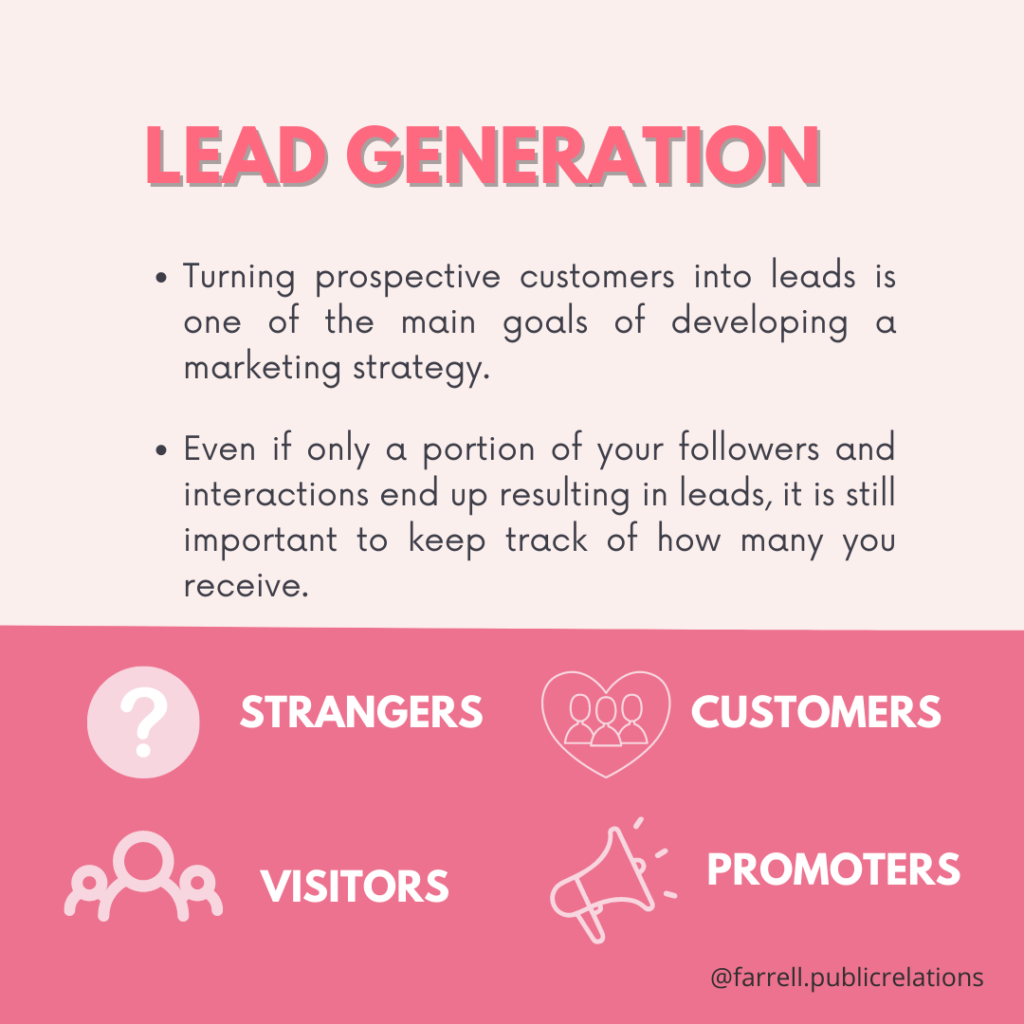Measuring social media success in the everchanging, digital world can be challenging as tracking the conversion of social media efforts may not always yield immediate results. With hours spent creating, posting, and engaging with content on social media, it is important to review strategies and data regularly to determine if your efforts are landing the success you seek.
But what do you use to determine “success?”
The answer to this question comes in the form of something called key performance indicators (KPI’s). These metrics that can be used to ensure that any time and energy you spend marketing your brand through social media makes a real, measurable difference in your sales and marketing goals.
Types of KPIs
One of the greatest things about KPIs is that they are dependable. Social media is an ever-changing landscape, with new updates, features and platforms popping up every year. However, KPIs themselves tend to change very little. For sales and marketing teams, this is fantastic, because it means you have consistent metrics across any strategy you implement.
Let’s take a closer look at some of the most important KPIs that are used for social media measurement.
Engagement

Engagement KPIs measure the degree to which your audience is connecting or reacting to the content you share.
Engagement is particularly important for several reasons:
- The more engaging your content is, the more likely the algorithm for that network will recognize it as popular content. Social networks are a business at the end of the day, which means that any content that is believed to bring more people to their platform will be rewarded with more visibility.
- Engagement has an impact on other KPIs due to this algorithm. If your engagement level is too low, you won’t reach a big audience, your lead generation will decrease and, consequently, you’ll probably see zero conversions as a result of your efforts.
- Engagement can usually tell you more about your marketing campaigns than any other KPI. For example, if your engagement is higher than average but your lead generation is low, there is probably an issue with your messaging or landing page. Or, if your reach is far but your engagement rate is low, whatever you’re doing isn’t resonating well with your audience.
Remember, a small, tightly defined audience that is highly engaged with your content is always better than a massive audience that has very little interaction with your posts.
Examples of Engagement KPIs
- Likes
- Clicks
- Shares
- Comments
Reach

Reach is the metric used to measure how far and how fast your content travels through the vast domain of social media. In other words, it indicates how many users come across your brand’s social channels.
Unlike engagement, reach is not used to measure the quality of your content (the more engagement, the higher the quality). Instead, it serves as a kind of quantity measurement that shows how many users have seen your post. Confirming how far your social posts are traveling will greatly impact the number of people you attract to your brand.
Low reach isn’t necessarily a bad thing if you’re getting above average levels of engagement. However, if both of your reach and engagement levels are low, it might indicate that you need to put more work into your social media campaigns.
Examples of Reach KPIs
- Profile Visits
- Impressions
- Followers
- Traffic
Lead Generation

In any industry, there’s little sense in creating a social media strategy if it doesn’t have some form of lead generation built in. Afterall, turning prospective customers into leads is one of the main goals of developing a marketing strategy. Even if only a portion of your followers and interactions end up resulting in leads, it is still important to keep track of how many do. Lead generation simply refers to whatever that number is.
Lead generation on social media is typically the product of high levels of reach and engagement. Generating leads is worth more than a massive follower base, tons of engagement, and a vast reach, combined. Even if your brand’s social media page is blowing up day in and day out, that amounts to nothing if you’re not converting your audience into customers or users.
Measuring lead generation from social media is a bit more complicated than it is with the other KPIs, and it isn’t always necessarily accurate either. However, there are certain techniques that you can employ to get a sense of what your lead generation measurement looks like.
Google Analytics is commonly used for this purpose. It has the ability to attribute a sale to the last interaction the user had. However, if that interaction was not with social media, then that sale will not get credit as a generated lead (even if it was a result of social media). In response to this issue, Google offers a number of reports directed at determining whether or not social media is generating leads for your property.
Conversions

Conversions are the ultimate goal when it comes to your social media marketing strategy. This KPI refers to how many sales your brand has made as a direct result of your social media campaigns. The conversion KPI attaches a revenue report directly to your social media channels and allows you to see how many of your generated leads were converted into actual bookings and sales.
Final Note
Just remember, any successful marketing strategy that you pursue through social media will always go hand-in-hand with properly used and understood key performance indicators. After all, what is the point of a marketing campaign if you can’t measure how well it is actually doing? Knowing the goal of your campaign – engagement, reach, or lead generation – will ultimately point you to the metrics you should be tracking to measure your progress.

